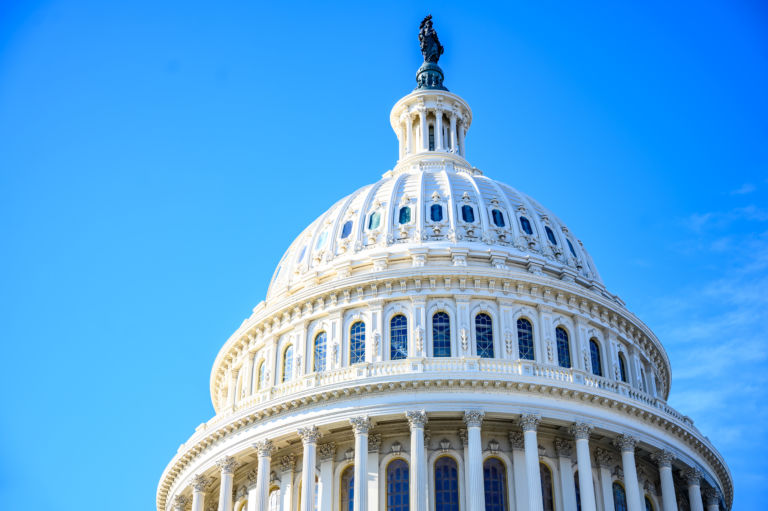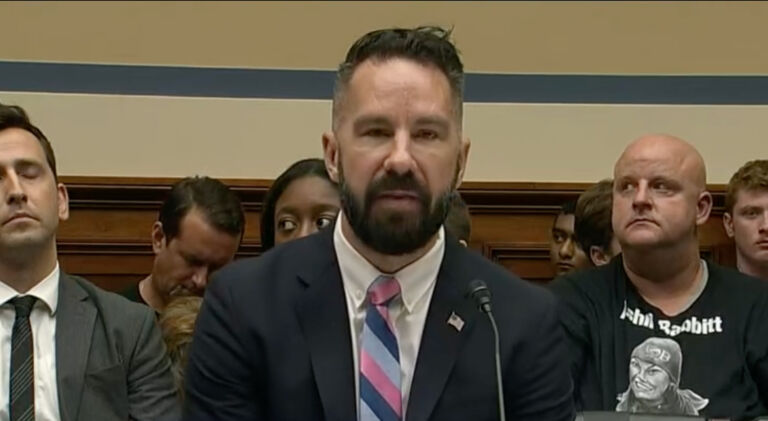Josh Christenson writes for the New York Post about a controversy surrounding border security.
US Customs and Border Protection retaliated for years against three whistleblowers who called out its failure to collect DNA from millions of detainees, allowing some violent criminals to evade justice for decades, a federal investigation found.
Fred Wynn, Mike Taylor and Mark Jones faced professional and financial consequences for spotlighting their agency’s refusal to comply with federal law enforcement rules for DNA collection on criminal arrestees since 2009, according to the US Office of Special Counsel (OSC).
“The agency’s noncompliance with the law has allowed subject subsequently accused of violent crimes, including homicide and sexual assault, to elude detection even when detained multiple times by CBP or Immigration and Customs Enforcement (ICE),” Special Counsel Henry Kerner told then-President Donald Trump and Congress in letters on Aug. 21, 2019.
“This is an unacceptable dereliction of the agency’s law enforcement mandate,” added Kerner, who said that the trio claimed CBP had detained but not taken DNA from more than 5 million people over the previous decade.
“I believe that if you could get the totality for that period of time … of how many Americans ended up being killed as a result, I think it probably exceeds the number of Americans who died on 9/11,” a source familiar with the matter told The Post. “So that’s the harm. But we’ll never know the numbers.”
The Trump Justice Department moved months later to broaden the DNA collection rules, which had been narrowly interpreted by officials under former President Barack Obama.
The whistleblowers drew attention to the issue in February 2018 and their division was shut down shortly after, prompting them to go to the OSC.
The independent investigative agency found CBP’s “actions were motivated by the agency’s displeasure with the Complainants’ perceived and actual involvement in bringing to light the agency’s intentional, decade-long failure to implement a law designed to protect public safety,” a Dec. 2, 2021, letter summarizing its findings shows.


